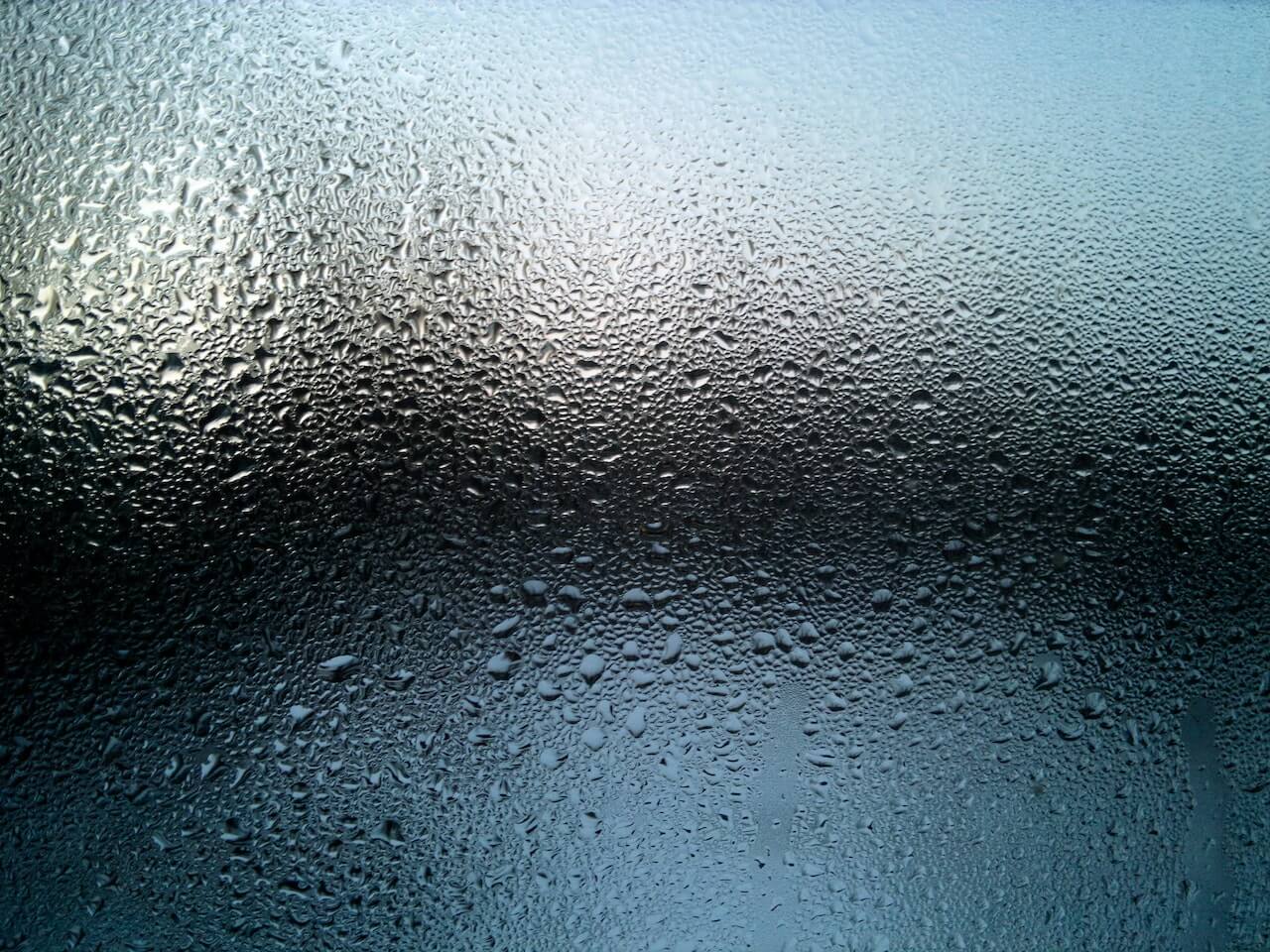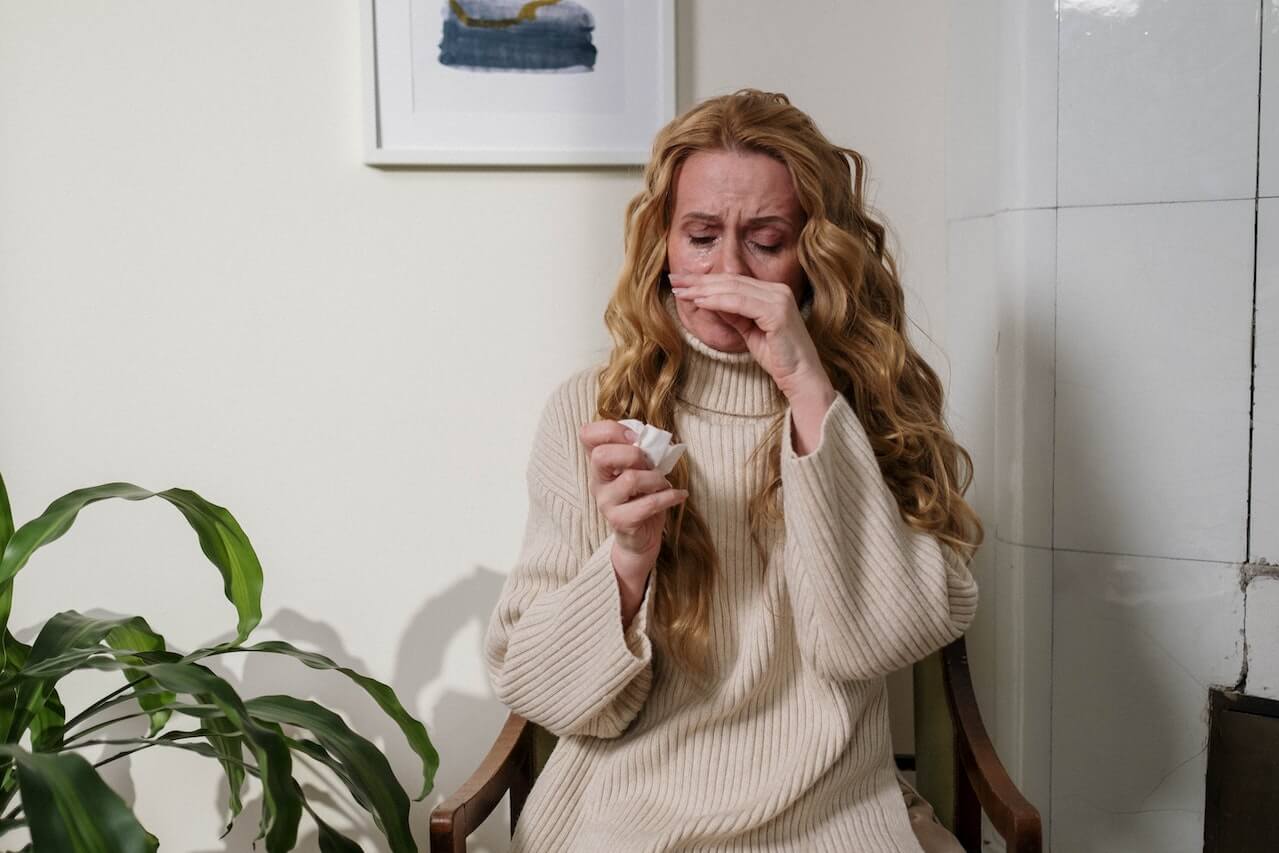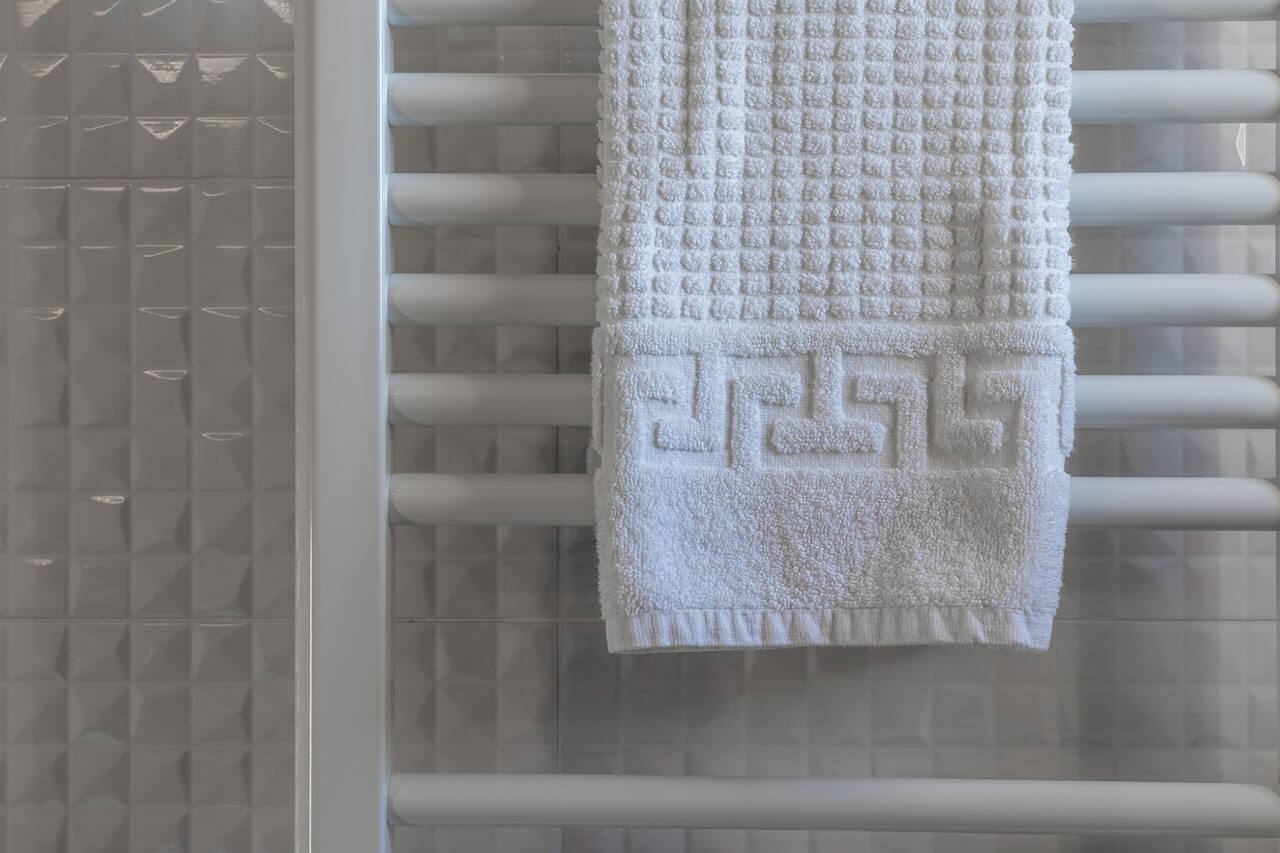Black mold is a common concern in households, and it can be particularly bothersome when found on everyday items like towels. If you’re a swimmer or an avid beachgoer, you’ve probably encountered this problem before.
Although mold is typically associated with various health problems, such as asthma and sinus infections, it is important to recognize that not all mold is harmful. Black mold is no more dangerous than other types of molds, but you should still take steps to prevent it and to thoroughly disinfect any moldy towels.
In this article, we’ll discuss the potential risks of black mold on towels, how to identify and remove it, and preventative measures that can be taken to maintain a safe and healthy living environment.
What Is Black Mold?
Black mold, also known as Stachybotrys chartarum, is a common type of mold that has a dark green or black appearance.
Contrary to popular belief, the color of the mold is not directly associated with how dangerous it is. Black mold, like other molds, can release mycotoxins, which are toxic substances that may cause health problems for some individuals.
Black mold typically grows in damp, humid environments and can be found on a variety of materials, including towels.
Exposure to black mold can lead to symptoms such as eye irritation, fever, chronic headaches, sneezing, rashes, and chronic fatigue. In severe cases, the health troubles caused by inhaling black mold may include respiratory issues and other serious conditions.
It is important to be cautious when dealing with black mold, as it can sometimes be difficult to distinguish from other species of mold. To prevent the growth of black mold, it’s crucial to keep spaces well-ventilated and dry, and to promptly clean up any water leaks or spills.
Causes of Black Mold on Towels

One of the primary causes of black mold on towels is excessive moisture. This can happen when towels are not dried properly after use, or when they are stored in damp and humid environments. Mold thrives in such conditions and can easily start growing on the fabric of your towels.
Another contributing factor to black mold growth on towels is poor air circulation. This often occurs in bathrooms and laundry rooms, where a lack of proper ventilation can lead to high humidity levels that support mold development.
Throwing your swimming towel or swim shammy in your swim bag and then forgetting about it until the next day is also a surefire way to get black mold growth to occur.
Furthermore, neglecting to clean your towels regularly can also lead to mold growth. Towels that are not washed frequently can accumulate dirt and dead skin cells, providing an excellent source of nutrients for mold to feed on.
Lastly, using towels to clean up spills or wipe surfaces contaminated with mold can introduce mold spores onto the fabric. When these contaminated towels are not properly cleaned, mold can begin to grow and spread.
Health Risks Associated with Black Mold

It’s important to note that while black mold is often linked to various health problems, not everyone is affected in the same way. However, individuals with allergies or sensitivities to black mold can experience a range of symptoms.
Allergic reactions to black mold are common, with symptoms such as sneezing, runny nose, red eyes, and skin rash occurring in sensitive individuals. Furthermore, mold exposure may cause congestion, respiratory issues, and skin irritation, as highlighted by Medical News Today.
For those with asthma or pre-existing respiratory conditions, exposure to black mold can lead to more severe reactions. In extreme cases, mold exposure may cause infections in immune-compromised individuals or those with chronic lung disease, as stated by the CDC.
In some instances, people believe that black mold releases toxic compounds called mycotoxins, which can cause memory loss and infant pulmonary hemorrhage. However, according to a review by Healthline, there is no concrete evidence supporting these claims.
Ultimately, it’s essential to be cautious with black mold exposure, especially if you or someone in your household has allergies or respiratory conditions. Adequate preventive measures, such as regularly cleaning and maintaining your living environment, can significantly reduce the risk of mold-related health complications.
How to Identify Black Mold on Towels
Identifying black mold on your towels is essential to ensure the health and safety of your household. The first step in identification is to closely examine your towel for any visible signs of mold growth, such as patches or spots.
Despite the name, black mold may not always be black in color, as it can also appear in different strains like white, yellow, or green. However, one of the most common indicators of black mold is its mildew or musty smell. Pay close attention to any such odors coming from your towels.
When inspecting your towels, focus on areas that are more prone to mold growth such as creases, folds, and areas that remain damp for extended periods. If you come across any suspicious spots or odors, follow the proper mold removal techniques to get rid of them (discussed below).
In some cases, black mold can be difficult to distinguish from other types of mold. If you are unsure whether your towel is affected by black mold, consider reaching out to a professional inspector to accurately identify and diagnose the mold type.
Prevention and Tips for Mold-Free Towels
Prevention is the best solution to a problem. Here are some tips to help you prevent mold growth on your towels:
- Ensure your towels dry completely: After using a towel, hang it up in a well-ventilated area where it can dry completely. Do not leave it on the ground or throw it in a hamper. You can even use a fan to improve air flow and speed up the drying process.
- Wash your towels regularly: Don’t let used towels sit for too long before washing them. While you don’t need to wash your towels after each use, you should limit a towel to three uses before washing it.
- Store your towels properly: Keep your towel storage area clean, dry, and well-ventilated to prevent mold growth. Avoid overcrowding your linen closet, which can trap moisture and encourage mold development.
- Use vinegar and baking soda: Adding a cup of white vinegar to your washing machine alongside the detergent can help remove mold and mildew, as well as neutralize most odors. Vinegar is a natural disinfectant, making it an excellent addition to your laundry routine. After the washing cycle, add half a cup of baking soda to neutralize any lingering odors during the rinse cycle.
By following these simple tips, you can help keep your towels mold-free and protect your family from the potential dangers of black mold exposure.
How to Remove Black Mold from Towels

If you already have black mold on your towels, here’s the proper way to deal with them:
First, shake the moldy towels outside to remove any loose mold spores. Lightly brush off any visible mold from the fabric. This prevents the mold spores from spreading during the washing process.
Next, launder the moldy towels in your washing machine. Use the hottest water setting suitable for the fabric, and add a generous amount of detergent. You can also add a cup of white vinegar to the wash, as it helps to remove odors and disinfect the towels.
If the mold is severe, consider doing a bleach soak beforehand. Mix ¼ cup of bleach with a gallon of cool water. Soak the towels for approximately five minutes before washing them in the machine.
After washing, inspect the towels to ensure all mold has been removed. If any mold remains, repeat the washing process. Finally, dry the towels thoroughly, preferably in direct sunlight, as sunlight helps to kill any remaining mold spores.
To prevent future mold growth on your towels, always hang them up to dry immediately after use, and avoid leaving damp towels in dark, moist areas. In addition, wash towels regularly, and maintain proper ventilation in your bathroom to reduce humidity.
Is It Safe to Use a Moldy Towel?
Using a moldy towel by accident will typically not lead to any serious health problems. That being said, mold can cause unpleasant smells and may exacerbate allergies or asthma in sensitive individuals. If you’re concerned about health-related issues, it’s best to err on the side of caution and properly clean or dispose of moldy towels.
When to Discard Moldy Towels
While you can generally clean the mold off your towels, there are some situations where it’s better to discard them. It is crucial to identify when the mold has reached a point of no return, rendering the towels unsafe or unsalvageable.
For example, if you still notice a lingering musty smell even after you’ve tried cleaning and sanitizing it multiple times, this indicates that mold has deeply penetrated the fabric and isn’t easy to eliminate completely. It might be better to simply replace that towel.
Or, if your towel is visibly covered with dark mold spots that cannot be removed with thorough cleaning, it’s another clear sign that it’s time to replace the towel.
A worn-out or frayed towel is more susceptible to mold growth, as the fabric may hold on to moisture longer and provide a conducive environment for mold spores to thrive. It is at your discretion whether you should get rid of a worn out towel, but as soon as you notice any of the signs mentioned above, it’s time to replace it.


